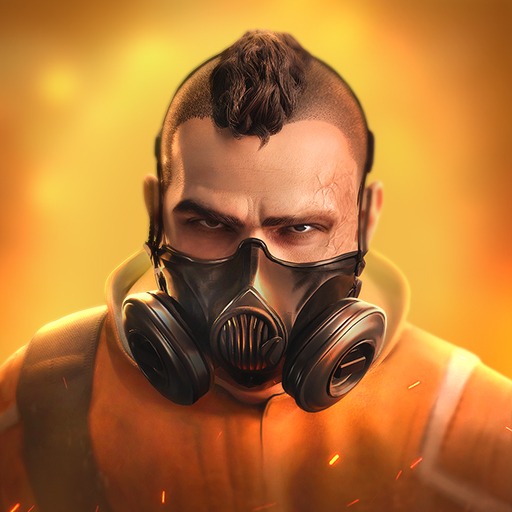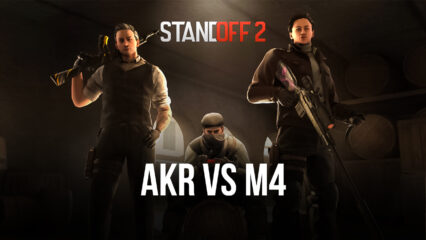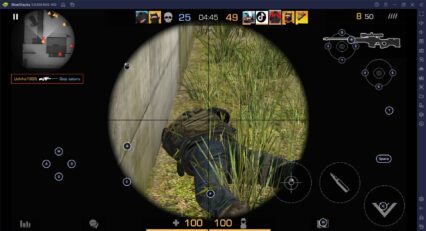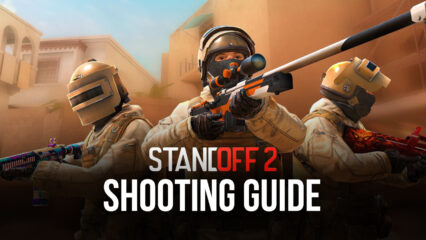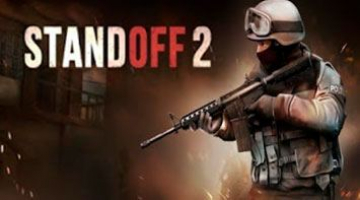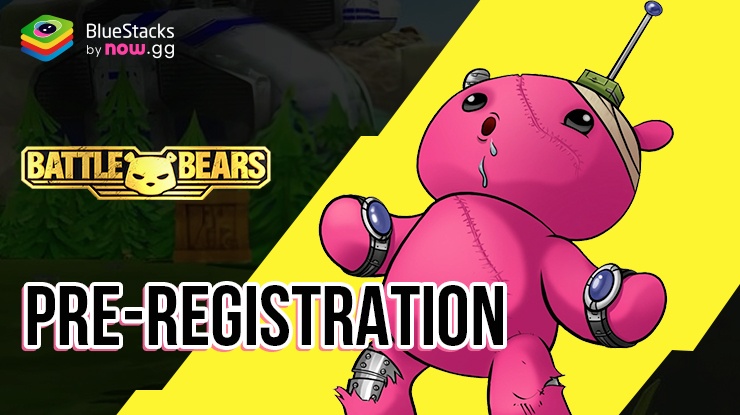Standoff 2 Sniping Guide: Learn How AWM Works in the Field
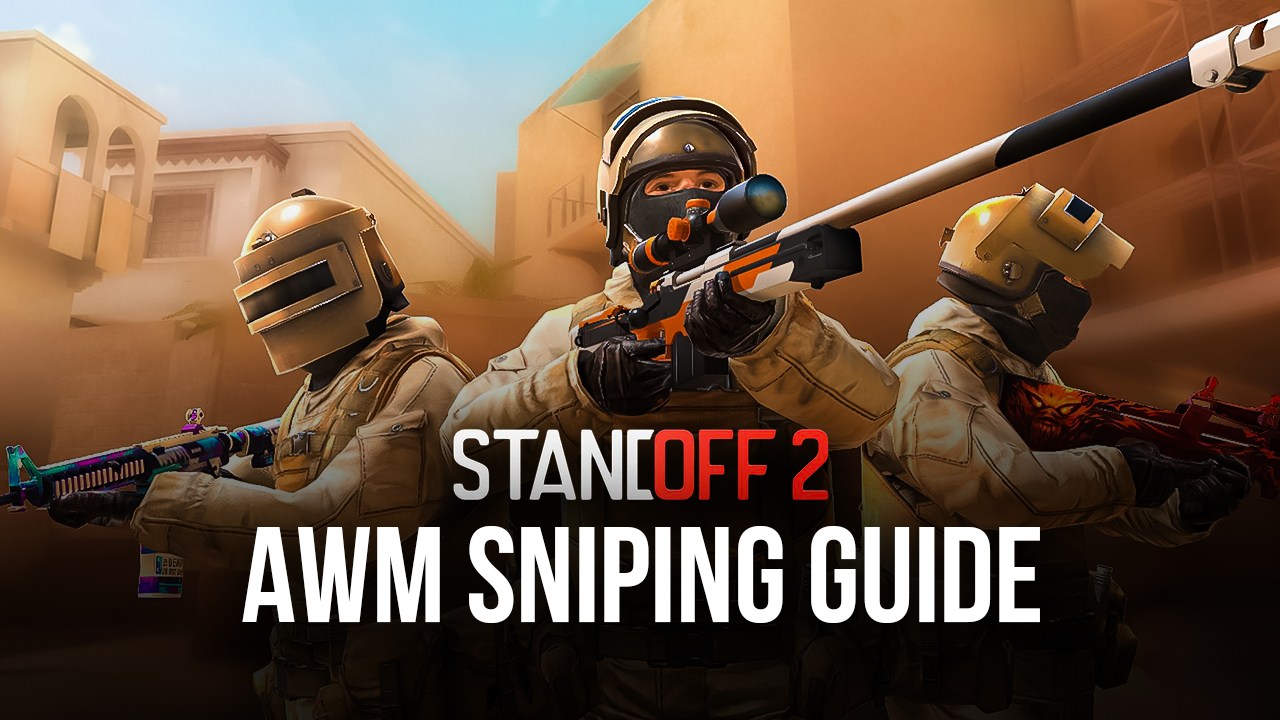
A long-barrel, a luxurious scope, and a deafening sound. This Standoff 2 guide is going to explain the big green. Every player who is playing Standoff 2 has picked this one time or another. However, this guide is not going to explain about the AWM itself. Instead, you will be looking at some of the different play styles of AWM-ing and how to use them. This thing isn’t quite as simple as picking up the gun and shooting players, although that does help.
Most AWM-ers are set up around what their team needs. Sometimes that means the team adapting to fit the AWM-er’s play style. Other times it’s the AWM-er adjusting to what their team needs from them. Most AMW-ers find one playstyle they’re best at and stick to it. This guide is going to show you how to swap between different playstyles. By the end of it, you’ll be able to slice into any team setup and contribute even more kills. This guide will truly set you apart from your teammates and your competition.
Turret Play
The Turret Play style is the first type of AWM-ing you will be learning about, also known as The Anchor. These AWM-ers focus on locking down one area of the map. This makes them essential on your CT side. Usually, the areas they defend are places where the AWM-er can focus on just one entry point. These places become a playground for terror. These AWM-ers are usually responsible for defending an entire area on their own. So you need a guy that will reliably hit all of their shots. If done right, this type of AWM-ing can easily shut down rounds.
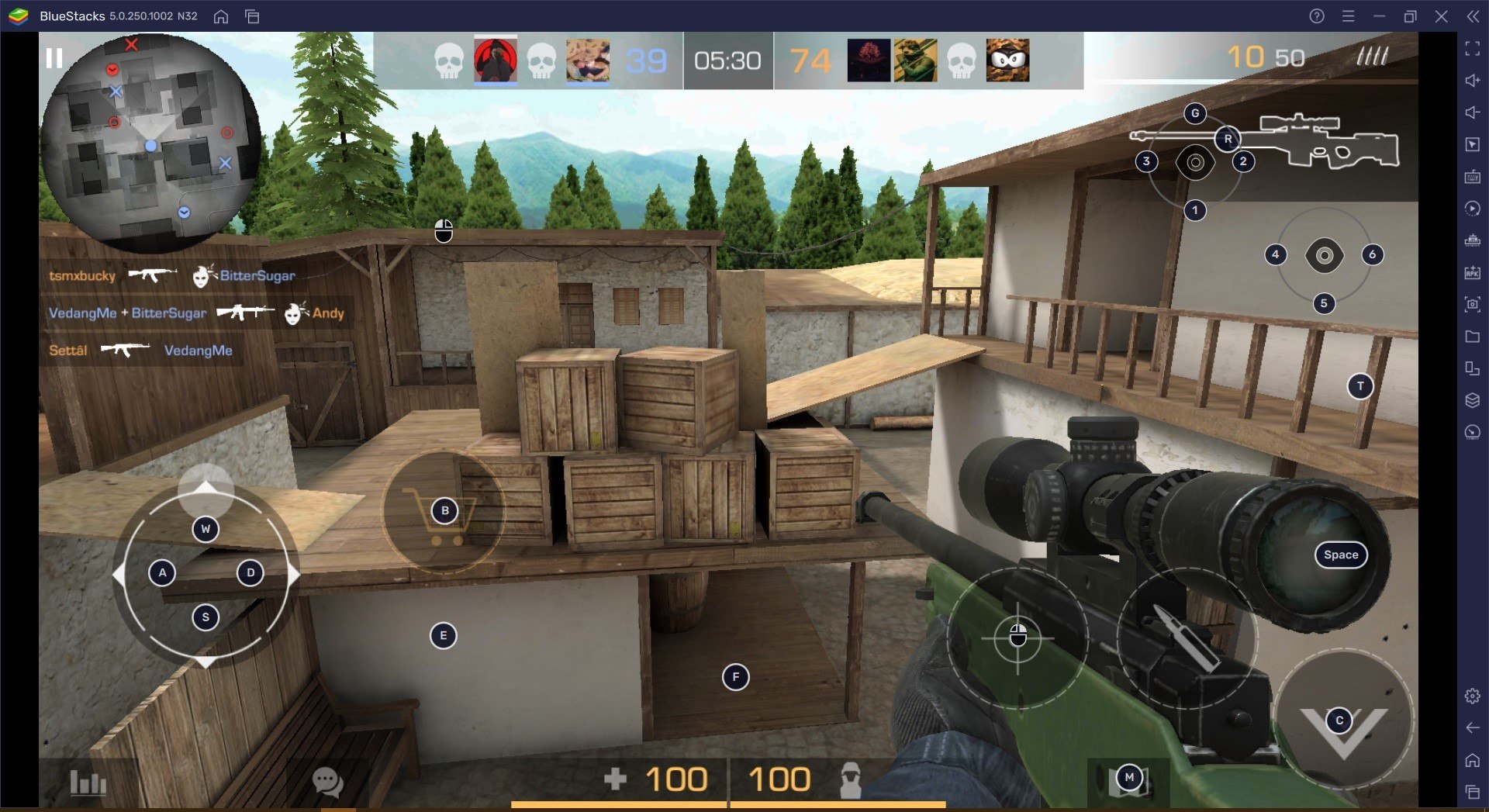
There is also positional advantage that comes from the range or angle they’ll be defending from. To practice this playstyle, you would want to develop and improve your consistency. That means aim practice that works on your tracking and reacting. Since you’re going to be set up in a stationary position. The whole point of your positioning is that the enemies don’t immediately know where you are. This can make movement unpredictable, that’s where tracking comes in. If you can keep your crosshair on a moving target, then all that’s left to do is click the mouse.

The reacting, that’s where crosshair positioning comes into play. You know your own reactions best. You know how fast you are and how far an enemy can get out of cover before you can click your mouse. Use this knowledge to keep your crosshair at the same distance each time. Both of these elements eliminate the need for any flicks just clicks. It is why some people call this a boring play style, but it works.
Aggressive AWM-King
The second AWM playing style is all about aggression. A lot of AWM-ers are often the first to grab an opening kill. However, that’s different from the aggressive playstyle that you will be learning about. This playstyle is about forcing your way around the map. Aggressive AWM-ers are found on both CT and T sides, but it’s the CT side where they can have the most impacts. This is because aggression is less expected from the defensive team. Aggressive AWM-ing is all about catching the enemy off guard by pushing through areas early in the rounds. An anchor AWM-er can scope in on an enemy while they’re still setting up. Sometimes this is just if they’ve gotten a good spot, but other times it’s a calculated risk. The backbone of these pushes is confidence. You can only go on the offensive if you’re confident that you can get the kill.
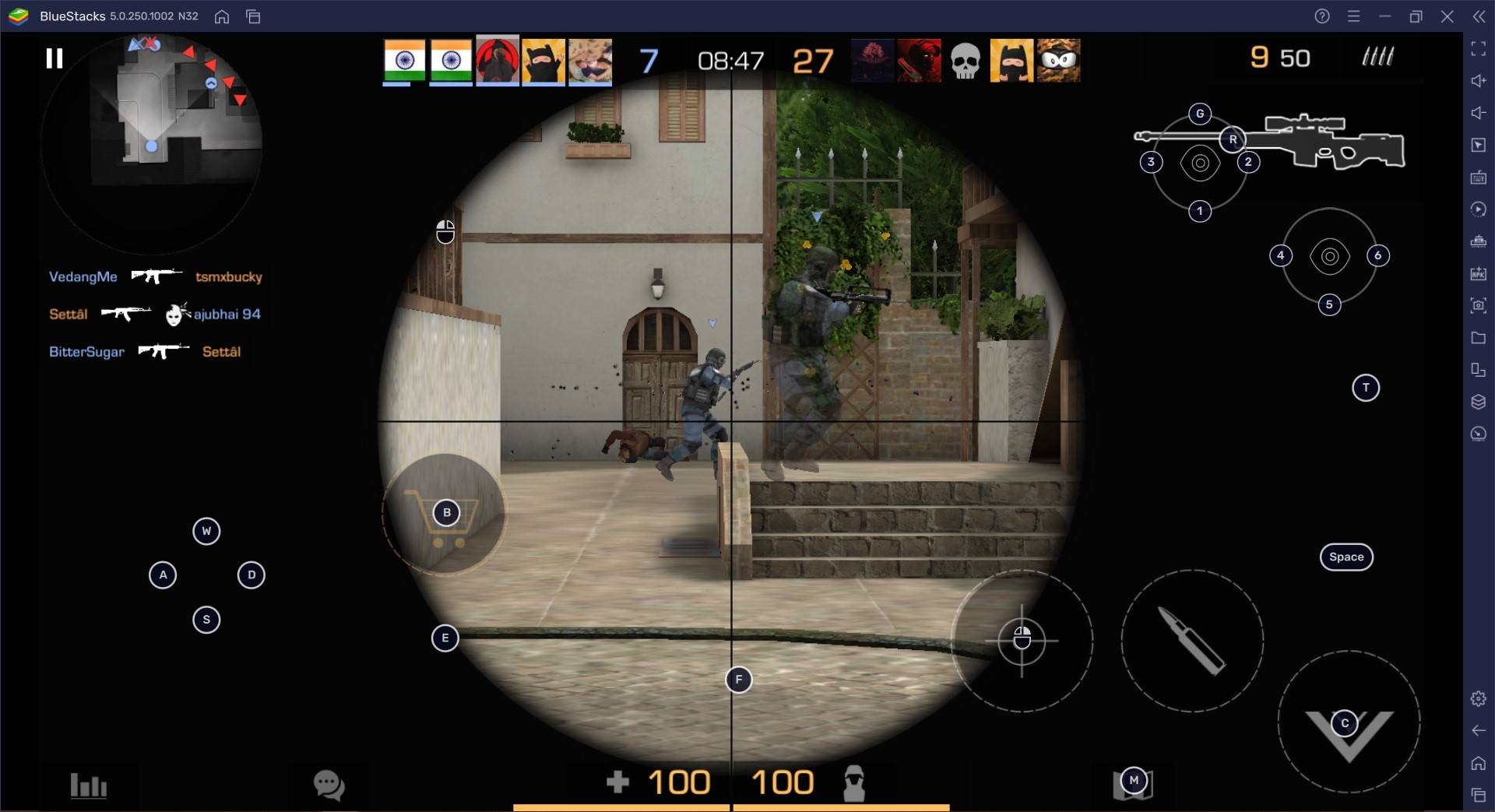
There’s no room for being timid or modest. This is a high-risk, high-reward playstyle. Alongside confidence, you also need to be able to hit your shots. This is different from the turret style, where you can manage where an enemy will appear on your screen. By pushing aggressively to places you’re not supposed to be, you’re adding a layer of unpredictability. An aggressive AWM-er would push through opponents for a kill before falling back. By pushing aggressively, even if there’s no one there, you can get so much information for your team. To make this strategy work, you need to be able to react and adapt to whatever mayhem appears on your screen. To do that, you need to be brushing up on your flicking. Since you never know exactly where the enemy will be positioned, your crosshair often would be pre-aimed on them.
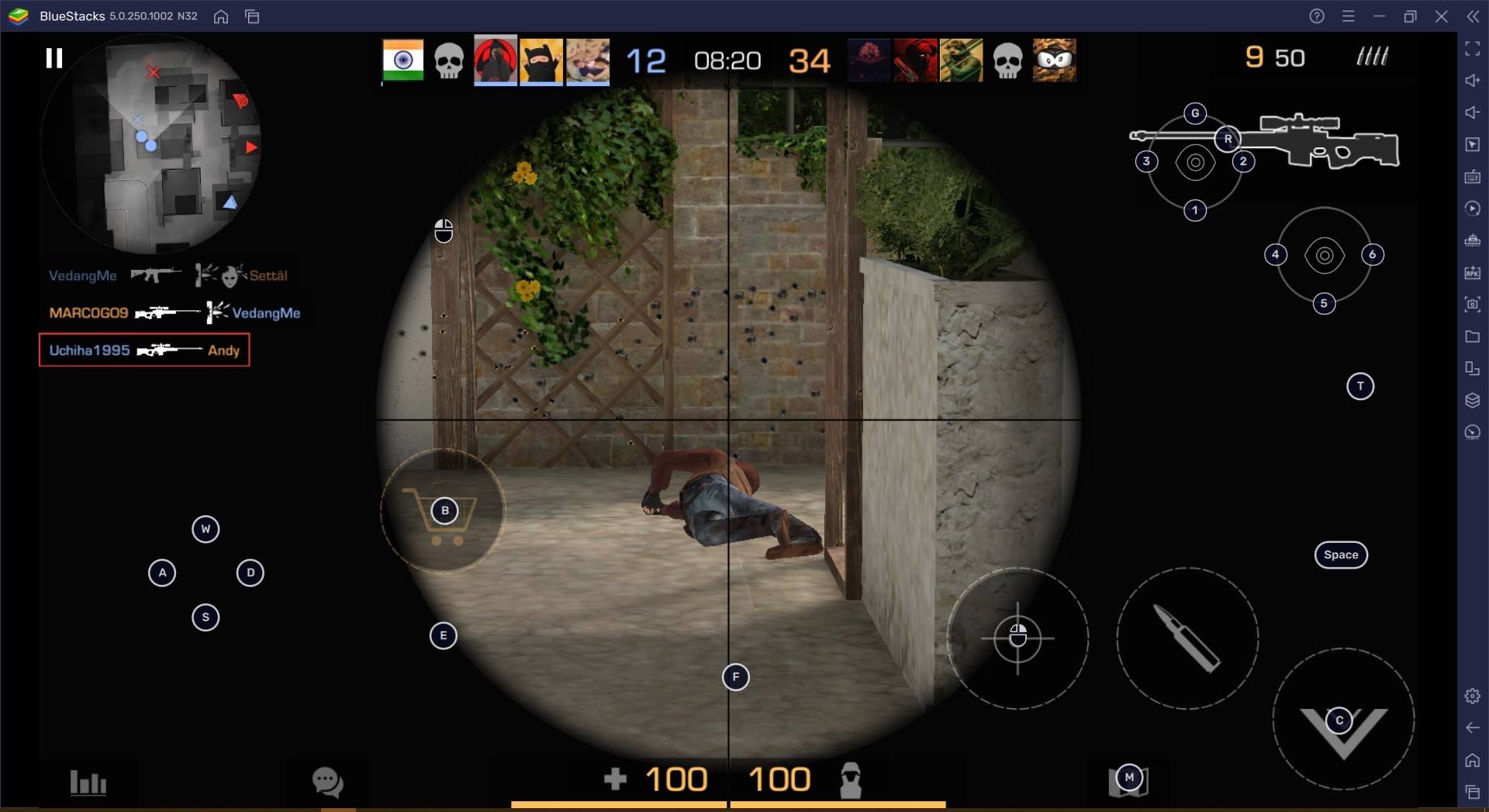
You’ll have a general idea of which direction or door to look at when you only have one bullet. You need to make sure it hits. Diving into death matches can help. The mania of Death Match means the enemies won’t be in the same place twice, so you would be improving your adaptive aim, teaching your hands how to quickly move the mouse in order to get your crosshair where it needs to be. Even if you haven’t predicted the enemy to be in that position. Another way to make this playstyle work is to practice your movement. Aggression is all about getting up in the enemy’s face, but you also need to go alive. Working on your movement mechanics will improve your movement. To figure out the weaknesses, you need to dive into the actual competitive maps. Plan the routes you’ll take to get to that first contact with the opponents. Basically, learn the most efficient way of pathfinding.
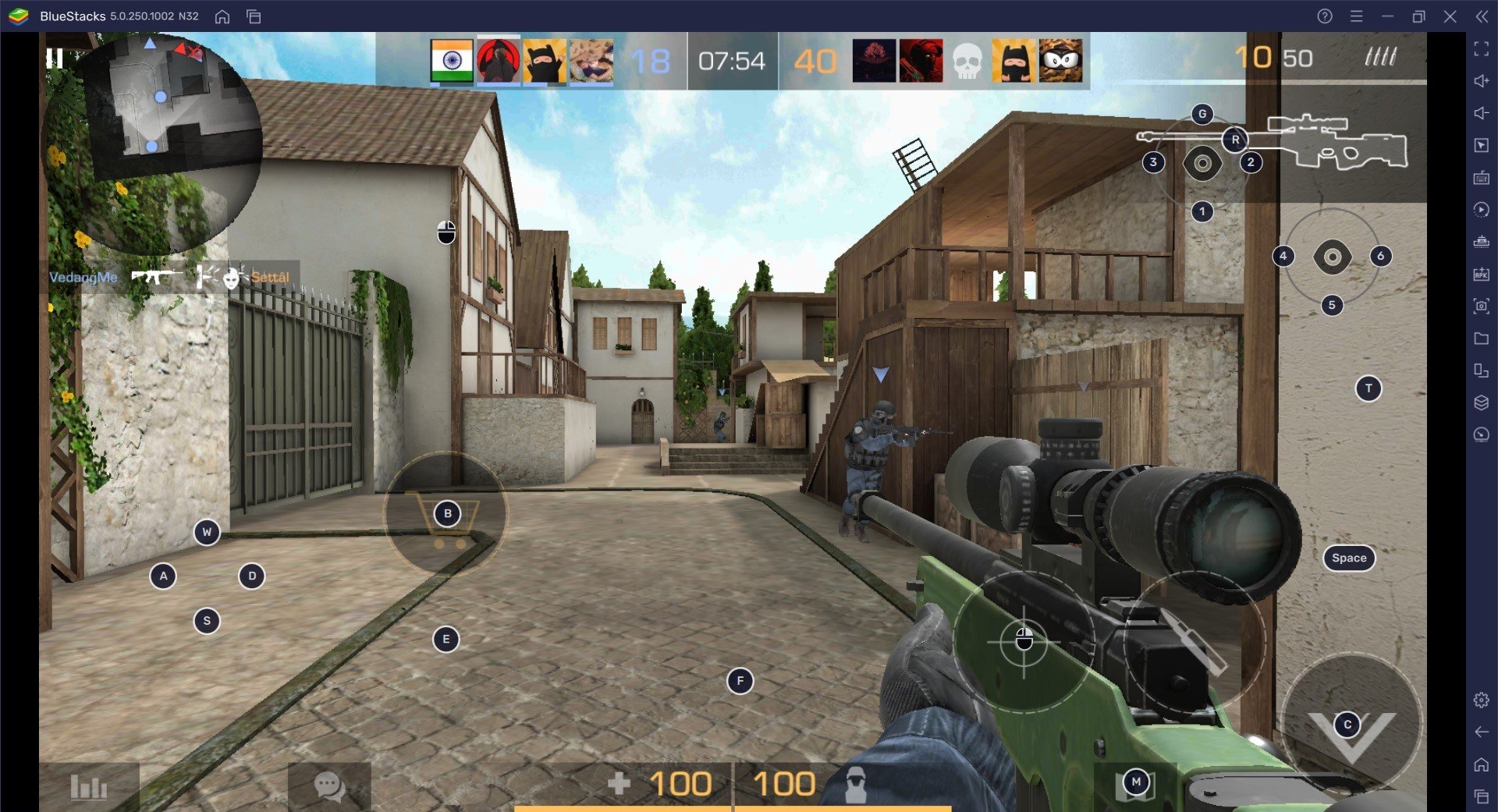
The best bunny hopper in the world won’t do much good if they’re bouncing in the wrong direction. This is easily the most exciting playstyle to AWM. It’s dynamic and has wicked flick shots and has a high skill ceiling. This also makes it the hardest to pull off and the least consistent.
Mobile AWM
The third AWM-ing style is all about mobility. This type of AWM-ing has players changing positions round after round and even during rounds. Doing this keeps the enemy team on their toes. They can’t counter your team with grenades if they don’t know where your AWM-er is. It forces the enemy to be cautious of every possible wall position. This playstyle offers a balance between the two mentioned above. It’s actually quite similar to how you would play with a rifle, which is why you see players who are world-class AWM-er and rifle-ers use this play style. Even though being mobile is in the name, this type of AWM-ing has less focus on your movement than the aggressive style. Your mobility here is more about the bigger picture, looking at the round and game as a whole.
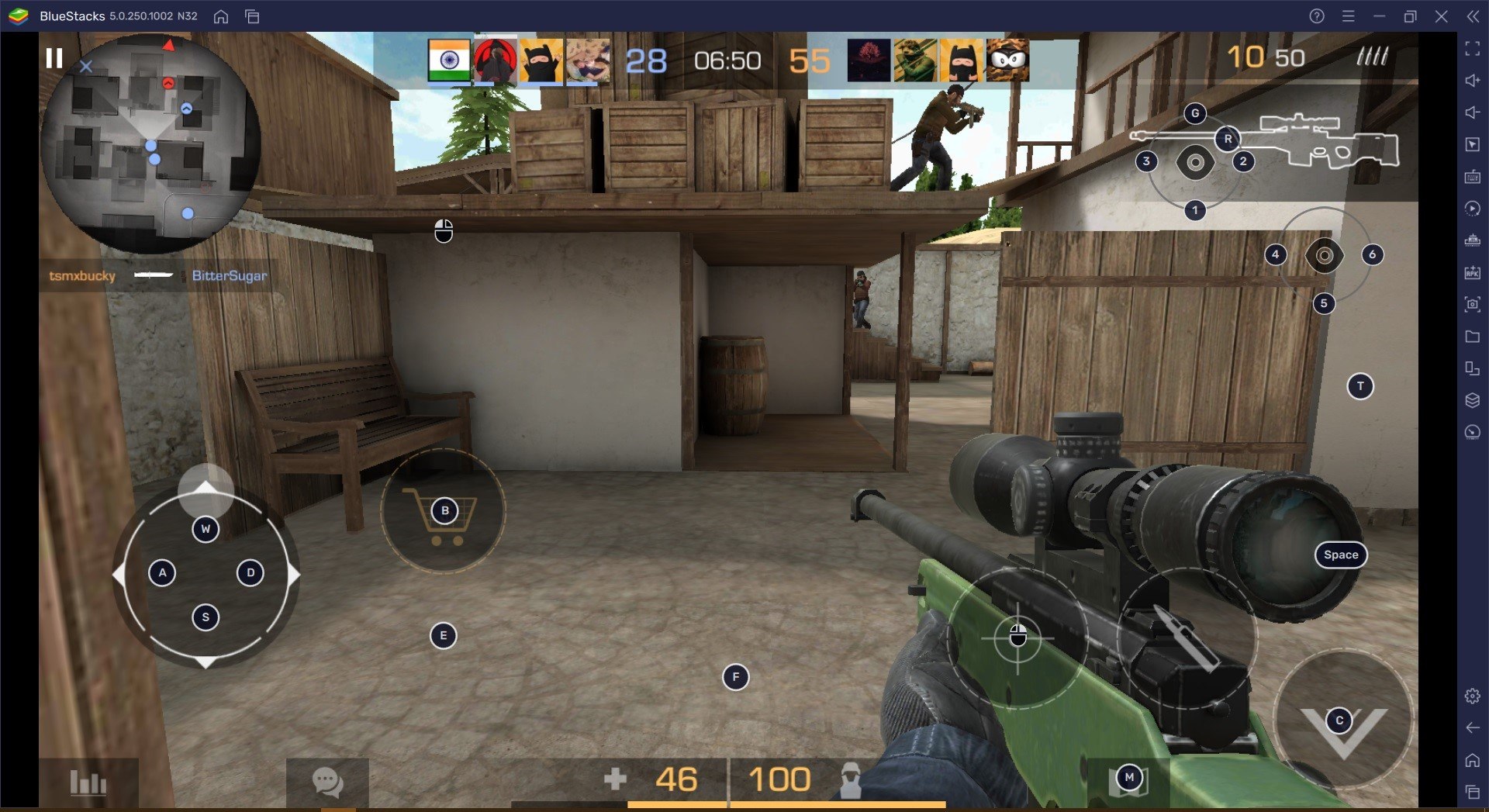
For example, you’re on the CT side at the start of the round. You fire a shot and the enemy now knows where the AWM is. Do you reposition to hold the site, or do you rotate and hope to throw off the enemy? Depending on the state of your game, either of those could be the right move or either could end in disaster. How well can you read the game and the enemy is what has the biggest impact on your success. This AWM-ing style is the hardest to improve. It’s not as simple as practicing a skill over and over. The core of this AWM-ing style comes down to your game sense, which is something that only improves after hours and hours of playing time. Knowing when and where to move around the map comes with experience and experimentation.
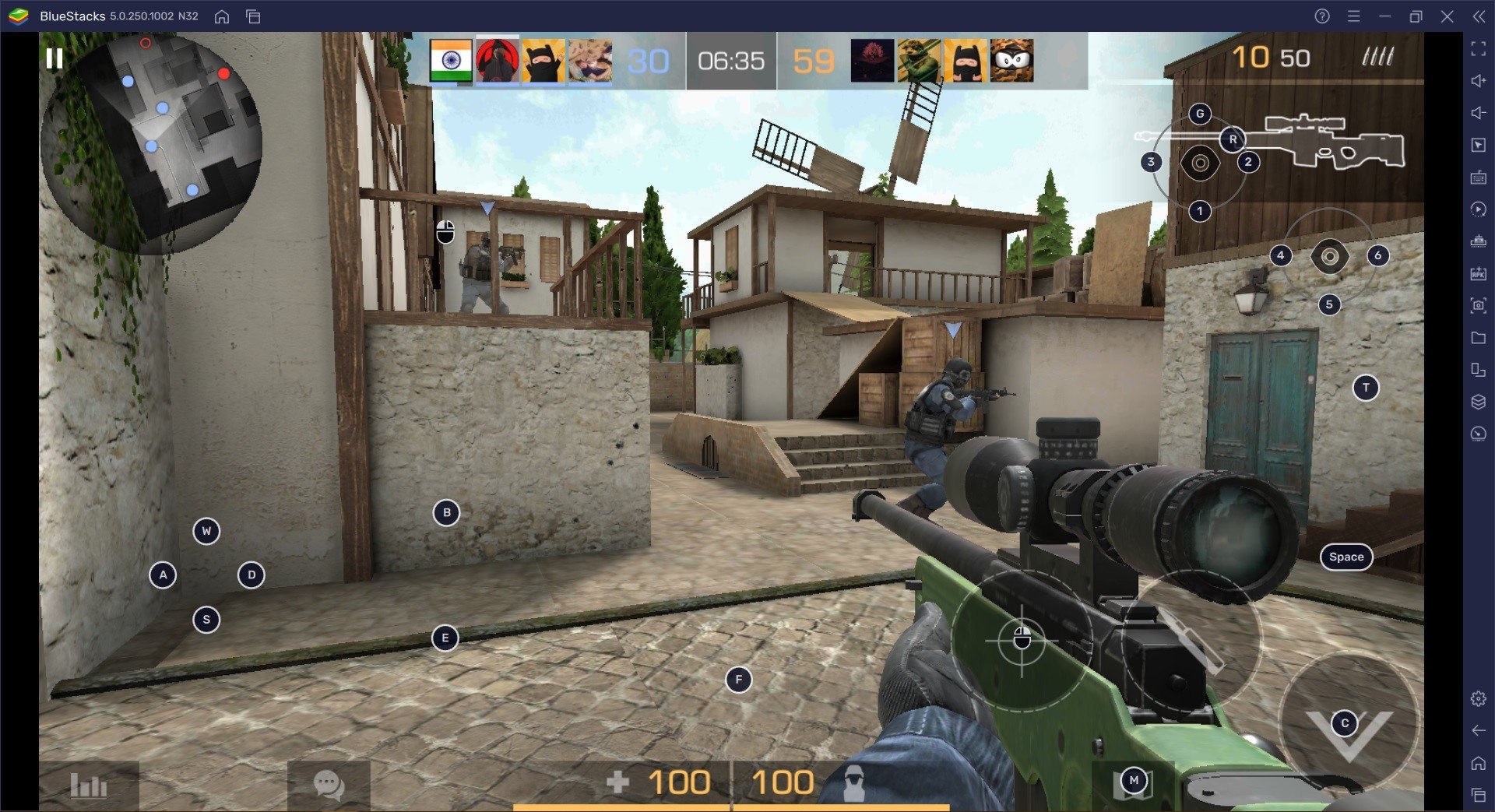
With the AWM being such a high-impact weapon, its presence on the map changes the dynamic. What you do with it will always have repercussions. You have to look back at your previous games. Make a note of how your decisions affected the enemy. If they’ve tried to isolate and hunt the AWM once they knew where it was or if they stayed away, attacking elsewhere. All of this changes depending on what weapons or utility the enemy had, if they had a good economy or a bad one. There are either aggressive players or cautious. As this playstyle is the hardest to get right, it’s best to experiment with it when you feel confident in your understanding of Standoff 2. You can’t make those big brain plays without getting the big brain first.
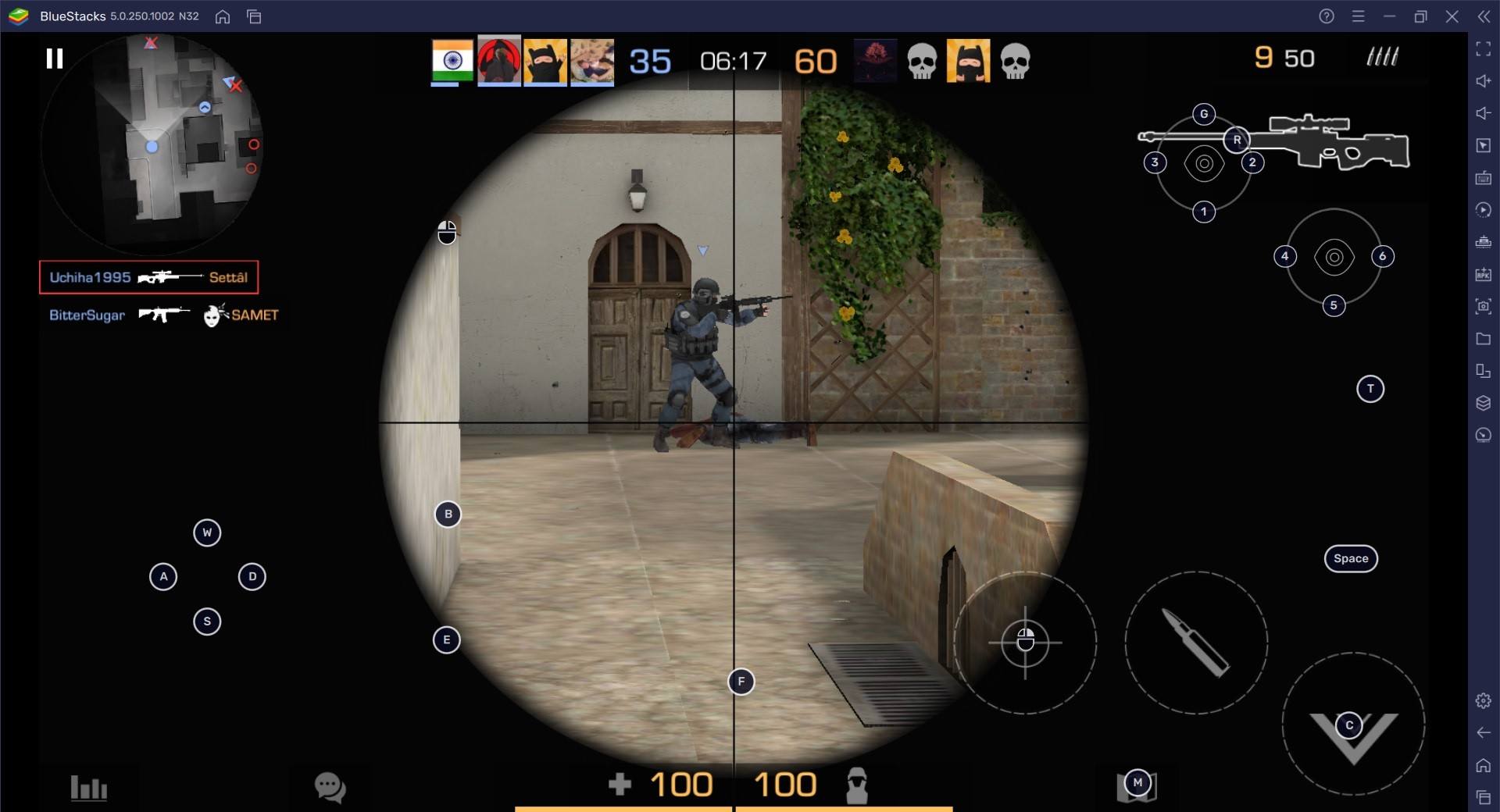
Most AWM-ers are going to have some elements of all three of these styles. The key is in understanding the differences between each of them. That can help you isolate the areas you want to improve on. If you know you’re weak at holding an angle, you can practice the skills that make the turret style. If you’re unhappy with your rotations, you can review your big brain mobile style.
